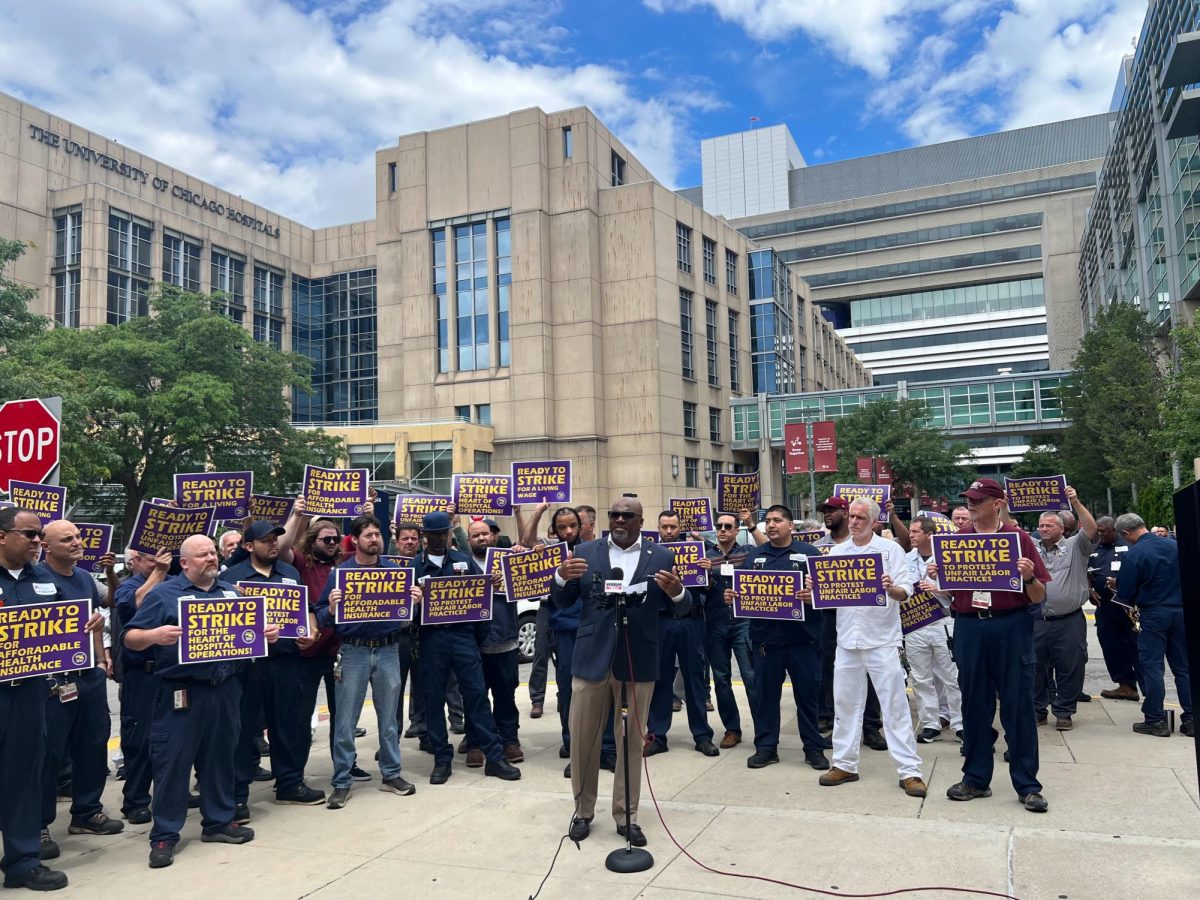Nearly 40 students continued the now five-year-old tradition of dodging pedestrians and halting traffic as they wended their way around the South Side under the tutelage of Dean in the College John Boyer, Sociology Professor Terry Clark, and Vice-President of Community and Government Affairs Hank Webber.
The South Side Pedal used to be a privilege limited to Professor Clark’s graduate students. But its increasing popularity perhaps reflects a greater University trend toward attempting to make its students aware of the world outside its ivy-covered walls, while simultaneously encouraging awareness of its expansion into the South Side.
“Part of it is simply because it’s interesting,” Webber said. “And part of it is because students get a good sense of Hyde Park/Kenwood, and they get a good sense of downtown, but they do not get a good sense of the larger South Side.”
The tour-—which wound through the edge of Washington Park, down Drexel Boulevard, through Chinatown, past the Illinois Institute of Technology campus, and near the former Checkerboard lounge—touched on both the highs and lows of South Side and Chicago history.
At the DuSable Museum, formerly the site of the South Park Commission headquarters, the lecturers discussed the surrounding area’s former position as a black cultural and economic center. They said that Drexel Boulevard was once one of Chicago’s most prestigious streets and that it is regaining that position as gentrification sets in. As the tour progressed, the split between past and present, rich and poor, black and white became more evident.
At Douglas Tomb, off 35th Street and Dr. Martin Luther King, Jr. Drive, Webber pointed out the nearby Donahue School, a charter school operated by the University. “The University plans to eventually operate five throughout the South Side,” he said.
The lecturers said that Chicago alderman have not yet addressed the lack of racial diversity in the neighborhood.
Clark spoke of Chicago’s position as the primary convention center in America. “They’re making the city more attractive, fun, and clean. It’s part of making the whole city an amenity.”
The tour moved from former mansions and discussions of public housing to the architectural influences behind IIT’s latest post-modern building.
The last stop was in the middle of Bronzeville. Webber pointed out the Checkerboard Lounge, saying that the deal brokered by the University to move the club to Hyde Park was ideal, given that the lounge owners’ lease had expired anyway. The lecturers stood on the sidewalk talking about the music for which the community was once famous. Pedestrians stopped to listen to stories about gospel, blues, and jazz near a statue of Mayor Washington and looming housing projects.
The group then rode down Dr. Martin Luther King, Jr. Drive under washed-out signs that proclaimed the area as Chicago’s Blues District, and poured, en masse, back into Hyde Park, ruminating on Dean Boyer’s final advice to explore what the South Side has to offer.
10.04.05-jack-bike4.jpg







